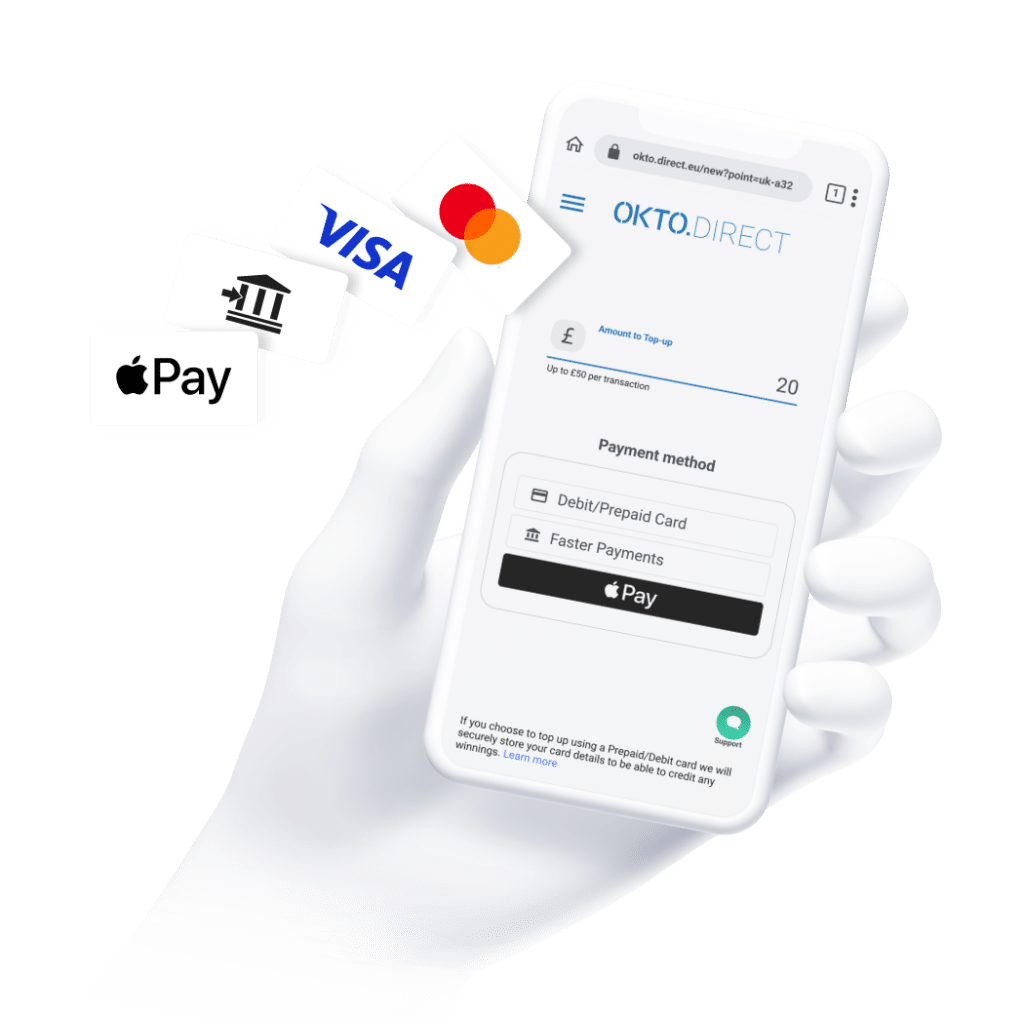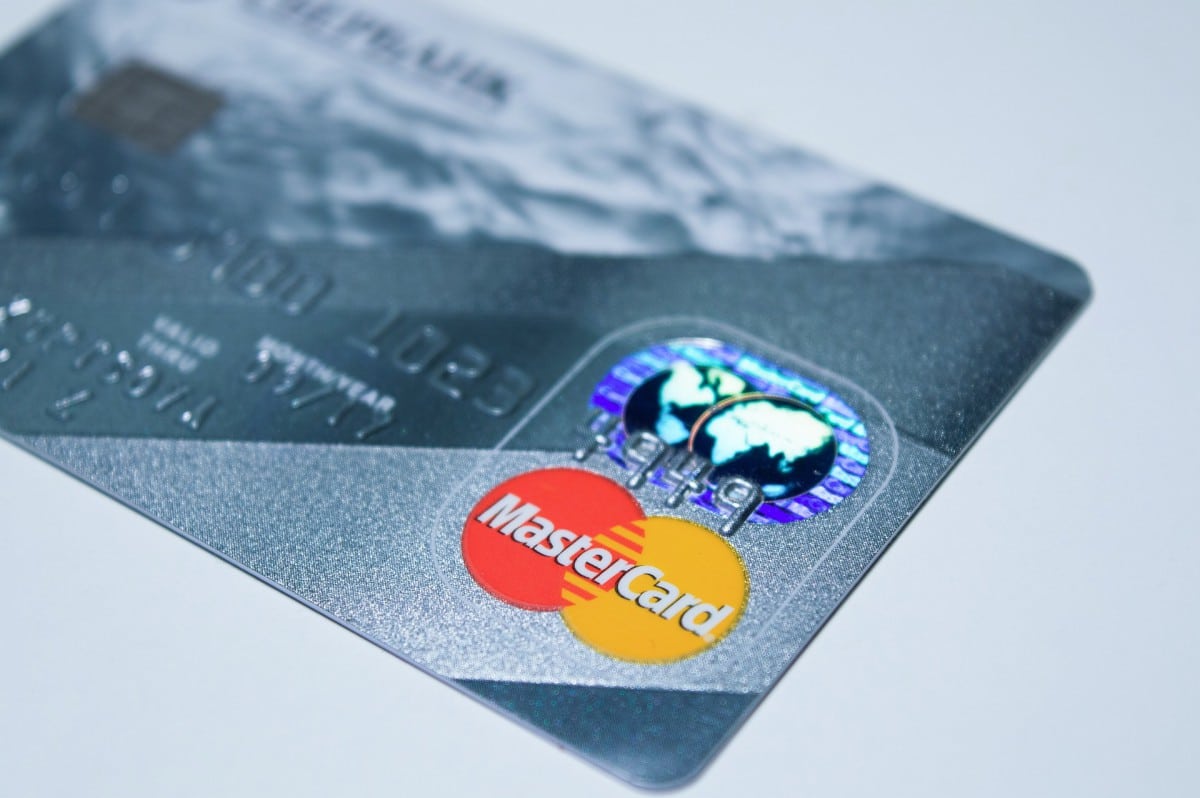A seismic shift is underway in the way people pay for goods and services. Mobile payment systems, which enable consumers to complete transactions using their smartphones or other mobile devices, are becoming increasingly popular. The COVID-19 pandemic has further accelerated the transition towards cashless transactions, with consumers around the world seeking to minimize physical contact with cash and payment terminals.
Mobile payments have played a crucial role in driving the transition towards a cashless society post-pandemic. As consumers become more accustomed to the convenience and security of mobile payments, they are increasingly choosing to make transactions using their mobile devices rather than cash or credit cards. In this blog post, we will explore the world of mobile payment systems, including their types and examples, as well as their role in driving the cashless society post-pandemic.
What is a Mobile Payment System?
Mobile payment systems refer to the technology and infrastructure that allow consumers to pay for goods and services using their mobile devices. Instead of using cash or credit cards, consumers can use their smartphones or other mobile devices to complete transactions securely and conveniently.
These systems have become increasingly popular in recent years due to their convenience, security, and efficiency. They offer a range of benefits over traditional payment methods, such as reduced transaction times and costs, increased flexibility, and improved data security.
Types of Mobile Payment Systems
There are several types of payment systems, each with its own unique features and benefits. Some of the most common types include:
- Near Field Communication (NFC) – NFC payment systems allow users to make contactless payments by tapping their mobile device on a payment terminal. This type of mobile payment system is commonly used for small transactions, such as buying coffee or snacks.
- QR Code Payment Systems – QR code payment systems use a two-dimensional barcode to complete transactions. Users scan the code with their mobile device to initiate the payment process.
- Mobile Wallets – Mobile wallet payment systems store users’ payment information in a digital wallet, allowing them to pay for goods and services using their mobile device. Popular mobile wallet payment systems include Apple Pay, Google Wallet, and Samsung Pay.
- Direct Carrier Billing – Direct carrier billing allows users to charge purchases directly to their mobile phone bill, rather than using a credit card or other payment method.
Examples of Mobile Payment Systems
There are many examples available today, each with its own set of features and benefits. Some of the most popular include:
- Apple Pay – Apple Pay is a mobile wallet payment system that allows users to make contactless payments using their iPhone, iPad, or Apple Watch. Users can store their credit or debit card information in the app and use it to pay for goods and services in-store, online, or in-app.
- Google Pay – Google Pay is a mobile payment system that allows users to make contactless payments using their Android device. Users can store their payment information in the app and use it to pay for goods and services in-store, online, or in-app.
- PayPal – PayPal is an online payment system that also offers a mobile app for making payments on-the-go. Users can link their bank account, credit or debit card, or PayPal balance to the app and use it to pay for goods and services online or in-store.
- OKTO.WALLET is an innovative payment solution designed for the gaming, entertainment, and leisure industry. With a focus on responsible, secure, and fast payments, OKTO.WALLET offers a compliant payment solution that meets the needs of modern businesses and consumers alike.

Overall, mobile payment systems have become an increasingly important part of the modern economy, offering users greater convenience, security, and flexibility when making payments. With continued advancements in technology, it’s likely that this will continue to evolve and expand in the years to come.
What are the Benefits?
Mobile payment systems offer a range of benefits over traditional payment methods, such as cash or credit cards. Here are some of the main benefits:
- Convenience: One of the biggest advantages of mobile payment systems is their convenience. Consumers can complete transactions quickly and easily using their mobile devices, without having to carry cash or credit cards. This is particularly useful for people who are on the go, as they can make payments from anywhere, at any time.
- Security: Mobile payment systems are also more secure than traditional payment methods. Most use encryption and other security measures to protect users’ personal and financial information, making it much harder for hackers to steal their data. Additionally, many use biometric authentication, such as fingerprint or facial recognition, to ensure that only authorized users can make transactions.
- Efficiency: Mobile payment systems can also be more efficient than traditional payment methods. For example, some use Near Field Communication (NFC) technology, which allows users to complete transactions by simply tapping their mobile device on a payment terminal. This can significantly reduce transaction times and queues, making the payment process much more efficient.
- Cost savings: Finally, mobile payment systems can also save users money. For example, some systems offer discounts or cashback rewards for using the service, which can help users to save money on their purchases. Additionally, mobile payments can be cheaper for merchants to use than traditional payment methods, such as credit card terminals, which can help to reduce transaction costs for businesses.
Overall, the benefits of mobile payment systems make them an attractive option for both consumers and merchants. With continued innovation and improvements in technology, it’s likely that they will become an increasingly important part of the modern economy.
Driving the Cashless Society Post-Pandemic
Mobile payment systems have played a critical role in driving the transition towards a cashless society post-pandemic. Here are some of the ways they have driven this change:
- Contactless payments as a response to the pandemic: The COVID-19 pandemic has heightened concerns over the safety of handling cash and using payment terminals. In response, many consumers and merchants have turned to contactless payment methods, such as mobile payment systems, which can be used without physically touching the payment terminal. Mobile have thus become an increasingly popular option for consumers seeking to reduce physical contact with payment devices.
- Increased adoption of mobile payment systems: The pandemic has accelerated the adoption, with more consumers and merchants recognizing their convenience and safety. According to a report by ResearchAndMarkets, the global mobile payment market is expected to grow at a compound annual growth rate of over 27% between 2021 and 2026, reflecting their increasing popularity.
- Reduction of cash usage: The adoption of mobile payment systems has also led to a reduction in cash usage. In countries like Sweden, where mobile payments are widely used, cash transactions have decreased significantly. This trend is likely to continue as more consumers and merchants become more accepting.
- Increase in e-commerce transactions: Mobile payment systems have also driven an increase in e-commerce transactions, as consumers use their mobile devices to shop online. With the growth of mobile payments, merchants can easily offer options for their online transactions, further reducing the need for cash.
The COVID-19 pandemic has accelerated the transition towards a cashless society, with mobile payment systems playing a crucial role in this transformation. As the world continues to adapt to the post-pandemic reality, mobile payment systems are likely to become even more popular and essential for consumers and businesses alike.
What is the Future of Mobile Payments
Mobile payment systems have come a long way since their inception, and they are poised to evolve even further in the future. Here are some of the ways they are likely to develop:
- Technological advancements: The systems will continue to advance technologically, making them faster, more secure, and more convenient. For example, we are likely to see the integration of blockchain technology, artificial intelligence, and machine learning, which will enhance their security and accuracy. Moreover, the adoption of 5G networks will significantly improve mobile payment speeds, enabling faster and smoother transactions.
- Integration with other technologies: Mobile payment systems will increasingly integrate with other technologies, such as augmented reality (AR) and the Internet of Things (IoT), to create more seamless payment experiences. For example, we might see payment systems that use AR to enable consumers to scan products and pay for them instantly, or IoT-enabled payment systems that allow for automatic payments for things like tolls and parking fees.
- Global Expansion: These systems will continue to expand globally, making it easier for people around the world to access and use digital payments. Emerging markets are likely to be a significant driver of growth, as consumers in these countries increasingly use smartphones to access the internet and conduct digital transactions. This growth will lead to more partnerships between payment system providers and local banks, mobile network operators, and retailers to make digital payments more accessible to everyone.
The future is exciting, with continued technological advancements, integration with other technologies, and expansion globally. The systems will become more secure, convenient, and accessible, they will continue to drive the transition towards a cashless society and shape the way we pay for goods and services.
Mobile Payment Systems are a Game-Changer
Mobile payments have been a game-changer in the payment industry, especially in the post-pandemic era. With the rise of contactless payment solutions, increased adoption of mobile payments, and the reduction of cash usage, mobile payments have played a crucial role in driving the transition towards a cashless society.
Moreover, the future of mobile payment systems looks even more promising. With technological advancements, integration with other technologies, and the expansion globally, these systems will continue to transform the payment industry. The integration of blockchain technology, artificial intelligence, and machine learning, combined with the adoption of 5G networks, will make transactions faster, more secure, and more convenient. Furthermore, the expansion globally will create more accessible payment solutions and enhance financial inclusion, empowering individuals to participate fully in the digital economy.
Mobile payments are here to stay, and their role in driving the cashless society post-pandemic cannot be overstated. As we look ahead, we can expect to see even more innovative solutions and increased adoption. It is an exciting time for the payment industry, and mobile payment systems will continue to play a critical role in shaping the future of payments.








